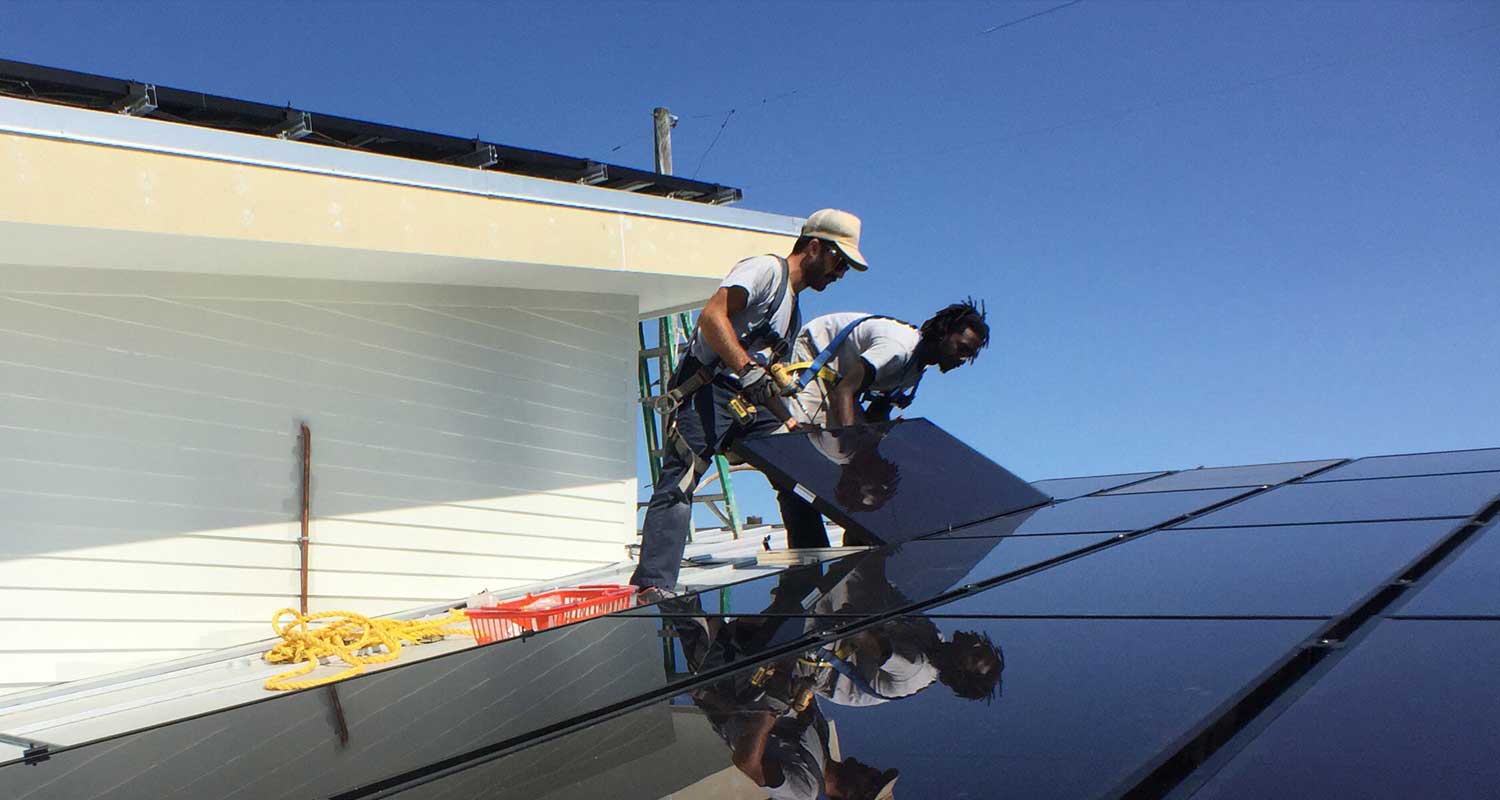 Self-generation of electricity by South African businesses and households is likely to reduce rolling blackouts without compromising Eskom’s business model, according to a Standard Bank Group economist.
Self-generation of electricity by South African businesses and households is likely to reduce rolling blackouts without compromising Eskom’s business model, according to a Standard Bank Group economist.
As much as 1GW of additional generating capacity from privately owned auxiliary power systems could be added annually, said Goolam Ballim, the bank’s chief economist. That’s equivalent to a one-stage reduction in load shedding.
Eskom, which provides most of South Africa’s electricity, has been struggling to meet demand since 2008, and has subjected the nation to blackouts every day so far this year to protect the grid from collapse. While the utility has said an additional 4-6GW of capacity is needed, new projects have been slow to come on line.
Businesses and households that “have realised nobody is coming” to help them are increasingly turning towards self-generation, a practice that’s likely to support economic activity in 2023, Ballim said. Standard Bank sees the economy growing 1.3% this year, a full percentage point more than the Reserve Bank’s estimate.
While self-generation will alleviate pressure on the grid, it’s unlikely to pose a structural threat to loss-making Eskom’s revenues and sustainability within the confines of a planned debt-restructuring, according to Ballim.
The government plans to take over between a third and two-thirds of Eskom’s R396-billion of debt, with details due to be announced in the 22 February budget. If the plan significantly stabilises the utility’s balance sheet, it can afford some customer losses over the near to medium term, Ballim said.
Read: Eskom needs debt relief, higher tariffs to survive: De Ruyter
“On the industrial and commercial scale, there will still be plenty of latent demand and further demand will emerge in the South African economy once we have a stable power supply,” he said. It’s “quite plausible” that supply will stabilise later this year and into 2025, he said. — (c) 2023 Bloomberg LP




